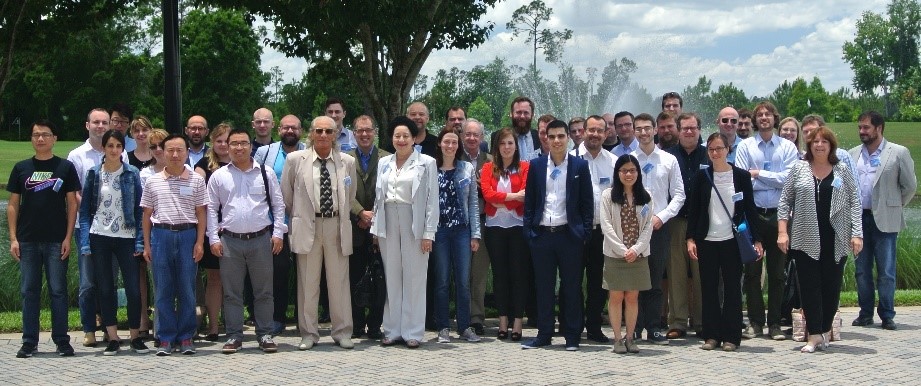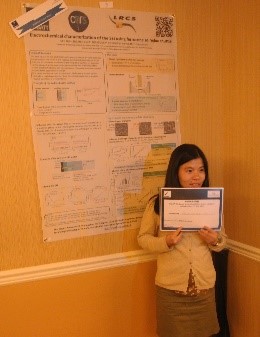SIRBATT Controlling Lithium Battery Interfaces Workshop Orlando USA


SIRBATT (Stable Interfaces for Rechargeable Batteries) is led by Dr Laurence Hardwick in the Department of Chemistry and the Stephenson Institute for Renewable Energy.
The Project held its international Workshop ‘Controlling Lithium Battery Interfaces’ in Orlando, USA on 27th May 2016 which was attended by some 50 battery scientists.
Robert Kostecki from Lawrence Berkeley National Laboratory gave the keynote talk on ‘The mechanism of cathode dissolution in Li-ion batteries’. Three guest speakers from the USA included Andrew Gewirth (University of Illinois); Christopher Johnson (Argonne National Laboratory) and Oleg Borodin (US Army Research Laboratories). Representatives from BACCARA, one of the other three successful projects with SIRBATT’s EU call, attended with talks from Lucile Quazaguel and Ekaterina Pavlenko outlining results from their project’s work.
Simon Malifarge from CNRS (France) who is currently working with the Renault car company gave a talk entitled ‘Influence of the design of high-energy-density graphite negative electrodes on the electrochemical performance’ and Eric De Vito working at CEA/University of Grenoble (France) spoke on his ‘Investigation of lithiation mechanisms and degradation of micrometric silicon composite electrodes’. Seven SIRBATT partner institutions provided talks on their work within the project.
A poster prize (sponsored by Johnson Matthey) was awarded to Minh Thu Dinh-Nguyen from CNRS (France) for her poster ‘Electrochemical characterization of the SEI using ferrocene as redox shuttle’.

The University of Liverpool’s Department of Chemistry was well represented with the Hardwick Group’s Laura Cabo Fernandez speaking on ‘In situ Raman investigation of SEI growth on carbon-coated ZnFe2O4 anode material for Li-ion batteries’ and Christopher Sole giving a talk on ‘In situ observation of Li intercalation into graphitic flakes of varying layer number’. Posters were presented by Iain Aldous, Thomas Galloway, Arturas Adomkevicius and Nicholas Drewett.
Talks and posters provided a wide overview of research currently being undertaken within the subject; and the Workshop ended with a summary and discussion of the current state of battery science across Europe and the USA. Future areas of research and possible exploitation were outlined and overall the event offered a unique opportunity for networking and collaboration within the wider international battery community.